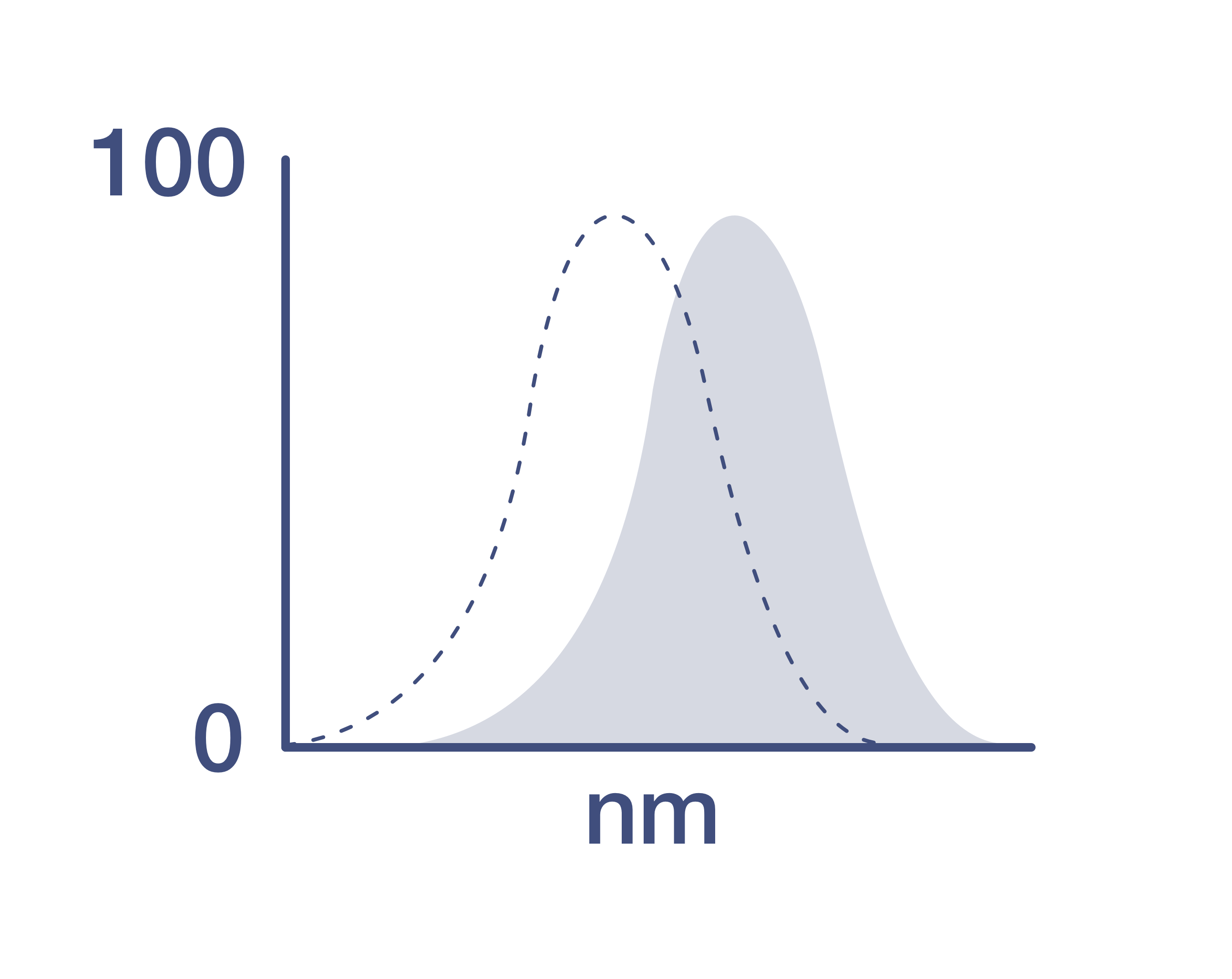Search Thermo Fisher Scientific
Invitrogen
IL-4 Monoclonal Antibody (B-S4), FITC, eBioscience™
Promotion
View available promotion(s)
Promo code: {{promo.promoCode}} {{promo.promoDescription}}. {{$productOrderCtrl.translations['antibody.pdp.commerceCard.promotion.learnmore']}}
Product Details
BMS129FI
Species Reactivity
Published species
Host/Isotype
Recommended Isotype Control
Class
Type
Clone
Conjugate
Excitation/Emission Max
Form
Concentration
Purification
Storage buffer
Contains
Storage conditions
Shipping conditions
RRID
Product Specific Information
Description: IL-4 (B-S4) is a mouse monoclonal antibody raised against IL-4 of humanorigin.
BMS129FI is suitable for intracellular staining of IL-4.
Human IL-4 exists in molecular weight forms between 15,000 and 19,000 daltons, representing variable glycosylation. The gene for human IL-4 is found on the long arm of chromsome 5 in close association with genes for IL-13, IL-5 GM-CSF and IL-3.IL-4 mediates its function by binding to receptors expressed on target cells. The IL-4 receptors exhibit an affinity of approximately 10-10 M. Receptors exist on freshly prepared B and T lymphocytes and macrophages, as well as on various cell lines including lymphoid cells, mast cell lines, a variety of other hematopoietic cell lines, fibroblasts and stromal cell lines. On T and B cells, receptors are present in low numbers (appr. 400), which are reported to be up-regulated by IL-2 and IL-4.
IL-4 is produced by a particular subset of T helper cells, the TH2 cells. These cells tend to make a specific set of lymphokines including IL-4, IL-5, IL-6, IL-10, IL-13, IL-3 and GM-CSF and fail to produce IL-2, IFN-gamma, and lymphotoxin (TNF-beta). Apart from T cells, it has been shown that mast cells can produce IL-4. IL-4 exerts numerous effects on various hematopoietic cell types. On B cells, IL-4 promotes immunological class switching to IgE and IgG1 isotypes and upregulates MHC class II and CD23 expression. It can promote survival, growth, and differentiation of both T and B lymphocytes, mast cells, and endothelial cells. In addition, IL-4 can inhibit the production of TNF, IL-1, and IL-6 by macrophages.
Applications Tested: Flow Cytometry (Intracellular Staining).
Purity: >95%.
Excitation: 488 nm; Emission: 520 nm; Laser: Blue Laser
Target Information
Interleukin-4 (IL-4) is a pleiotropic, immune-modulatory cytokine produced by activated T cells, and serves as a ligand for interleukin 4 receptor. IL-4 has been found to have the broadest range of actions. The interleukin 4 receptor also binds to IL13, which may contribute to many overlapping functions of this cytokine and IL13. STAT6, a signal transducer and activator of transcription, has been shown to play an important role in mediating the immune regulatory signal of IL-4. The IL-4 gene, IL-3, IL-5, IL-13, and CSF2 form a cytokine gene cluster on chromosome 5q. In particular, IL-4 is located in close proximity to IL13 on the chromosome. Further, the IL-4 gene, IL13 and IL5 are found to be coordinated by several long-range regulatory elements over a 120 kilobase range on the chromosome. IL-4 delta 2 is a known splice variant of IL-4.
For Research Use Only. Not for use in diagnostic procedures. Not for resale without express authorization.
How to use the Panel Builder
Watch the video to learn how to use the Invitrogen Flow Cytometry Panel Builder to build your next flow cytometry panel in 5 easy steps.
Bioinformatics
Protein Aliases: B cell growth factor 1; B-cell stimulatory factor 1; B_cell stimulatory factor 1; Binetrakin; BSF-1; H-IL-4; IL-4; ILN; Interleukin; interleukin 4 variant 2; Interleukin-4; Interleukin4; Lymphocyte stimulatory factor 1; M-IL-4; MGC79402; Pitrakinra
Gene Aliases: BCGF-1; BCGF1; BSF-1; BSF1; IL-4; IL4
UniProt ID: (Human) P05112
Entrez Gene ID: (Human) 3565

Performance Guarantee
If an Invitrogen™ antibody doesn't perform as described on our website or datasheet,we'll replace the product at no cost to you, or provide you with a credit for a future purchase.*
Learn more
We're here to help
Get expert recommendations for common problems or connect directly with an on staff expert for technical assistance related to applications, equipment and general product use.
Contact tech support
